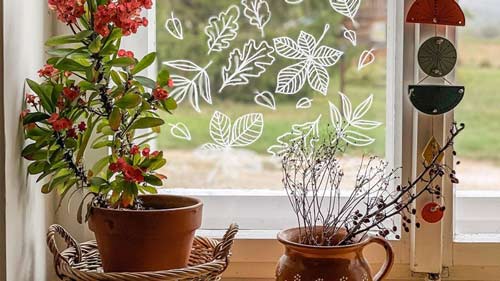
Asphalt seal coating is a way of applying a protective layer of sealant over an asphalt pavement to prevent damage from water, UV rays, oil, and other elements. Asphalt seal coating is a crucial maintenance practice that offers numerous benefits for protecting asphalt pavement. In this article, we will discuss how seal coating protects asphalt pavement and the various ways it helps to extend the life of the pavement, save money in the long run, and reduce the risk of damage.
1. Protection against oxidation
Oxidation is one of the primary causes of asphalt pavement deterioration. When asphalt is exposed to sunlight and oxygen, the binder in the pavement breaks down, brittleness, leading to cracks, and overall degradation. Sealcoating creates a protective barrier between the pavement and the elements, preventing oxidation and extending the life of the asphalt. The seal coating material acts as a shield, blocking harmful UV rays and reducing the effects of oxidation.
2. Water damage prevention
Water is another significant enemy of asphalt pavement. When water seeps into cracks and potholes in the pavement, it can weaken the base and cause further damage.
3. Protection against chemicals and oil spills
Asphalt pavement is often exposed to chemicals, such as gasoline, oil, and de-icing salts. These substances can penetrate the asphalt surface, causing it to deteriorate and weaken over time. Sealcoating acts as a protective layer, preventing chemicals and oil spills from seeping into the pavement. The seal coating material resists the penetration of these substances, reducing the risk of damage and extending the life of the asphalt.
4. Resistance to UV rays
UV rays from the sun can cause asphalt pavement to fade, become brittle, and deteriorate. Sealcoating provides a protective layer that shields the pavement from harmful UV rays. The seal coating material contains additives that reflect UV radiation, reducing the effects of sun exposure on the asphalt surface. By protecting against UV rays, seal coating helps to maintain the appearance and integrity of the pavement.
5. Prevention of cracks and potholes
Cracks and potholes are common issues in asphalt pavement, especially in regions with fluctuating temperatures. Sealcoating helps to fill in small cracks and gaps in the pavement, preventing them from expanding and becoming larger issues. The sealcoating material also provides a smooth surface that reduces the risk of further damage and the formation of new cracks and potholes. By minimizing the occurrence of cracks and potholes, sealcoating helps to maintain a safe and functional pavement.
6. Enhanced durability
Sealcoating strengthens the asphalt pavement, making it more resistant to wear and tear. The sealcoating material bonds with the surface of the pavement, creating a tough and durable layer. This layer acts as a shield, protecting the asphalt from the damaging effects of traffic, weather, and other external factors. By enhancing the durability of the pavement, sealcoating helps to extend its lifespan and reduce the need for costly repairs or resurfacing.
7. Improved aesthetics
Sealcoating gives asphalt pavement a fresh, black appearance, enhancing its curb appeal and overall aesthetics. The smooth and uniform surface created by seal coating improves the visual appeal of the pavement, making it look well-maintained and attractive. This is particularly important for commercial properties, as a well-maintained pavement can create a positive impression on customers, visitors, and potential tenants or buyers.
8. Cost savings
Sealcoating offers significant cost savings for property owners. By protecting the asphalt pavement, seal coating helps to extend its lifespan and reduce the need for premature replacement or expensive repairs. Regular seal coating can significantly lower long-term maintenance costs by preventing water damage and cracks.




